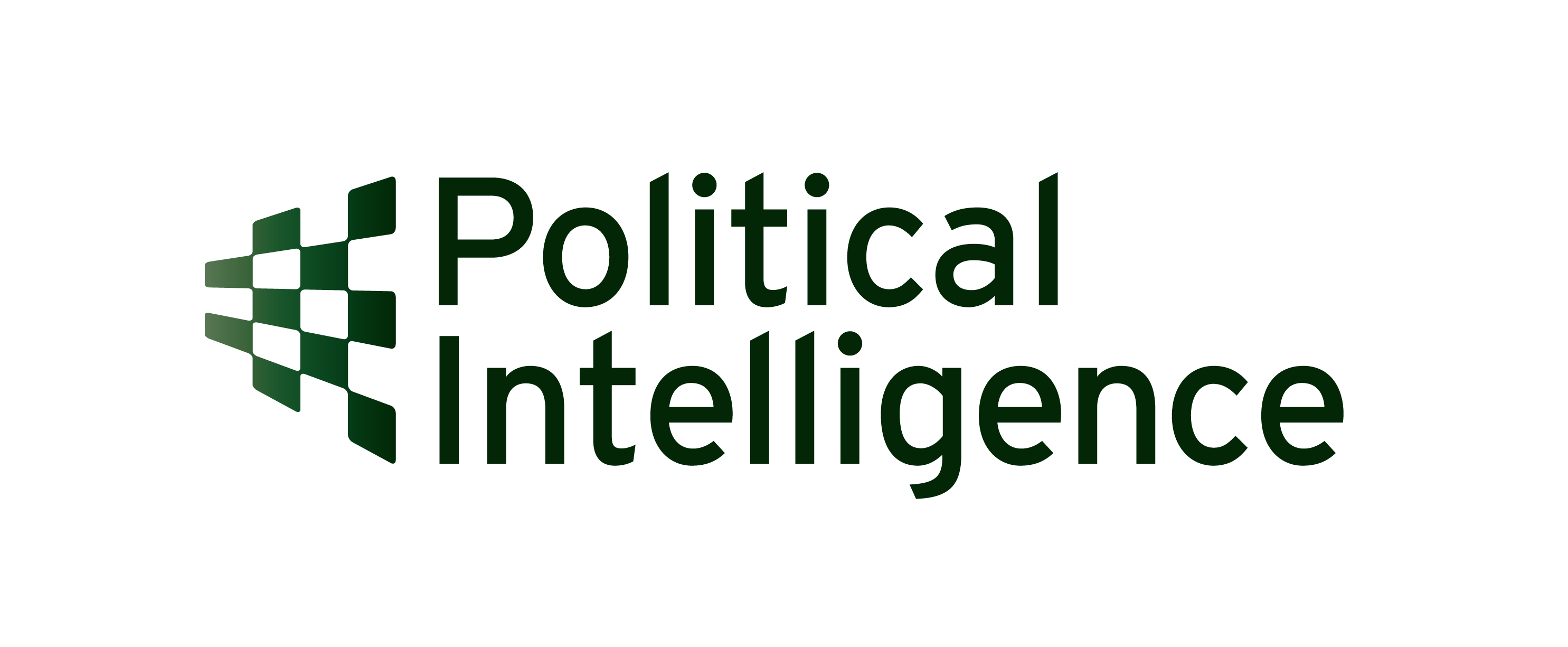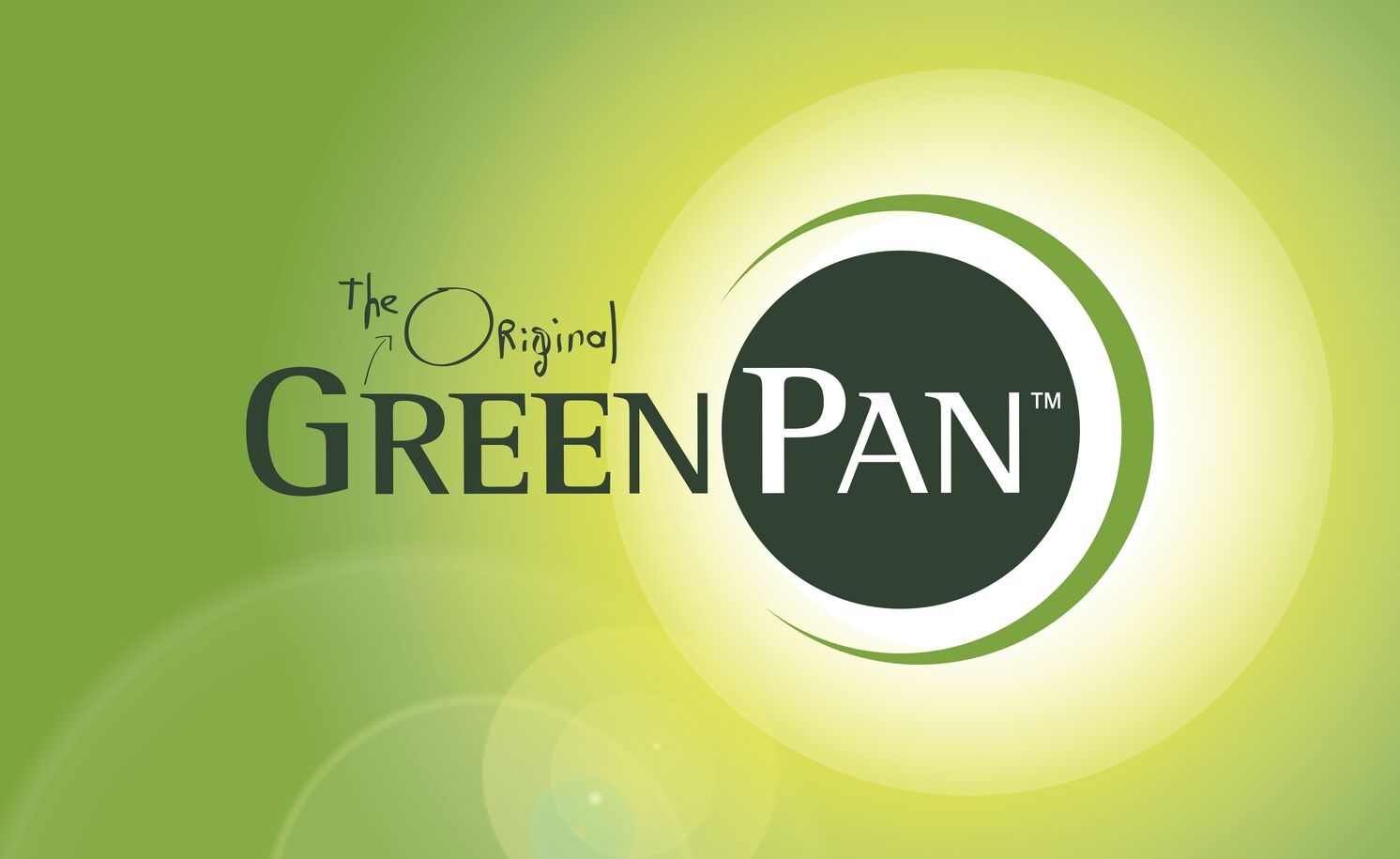Look at your breasts a little more often

Did you know that 90% of all breast cancers are discovered by the woman herself? Most stories begin with feeling a painless lump, discovered by chance. You feel or see something that wasn't there before, or something that feels different. Most lumps are fortunately benign, but they can also be breast cancer. Painless lumps are especially suspicious. An incipient breast cancer may feel like a well-defined lump that pops out from under your fingers, or it may feel like a hardening with fuzzy edges. Sometimes you can just see the lump sitting there, like an unevenness under your skin. That, too, can be anything, including breast cancer. Breast cancer can also manifest itself in different ways. With fluid loss from the nipple, for example. That fluid loss can be bloody, milky or watery and should always ring an alarm bell. Usually, nipple loss is caused by a benign polyp in a milk duct, but the second most frequent cause is breast cancer. Another suspicious change are dimples or dents that were not there before. A cancerous tumor makes offshoots, and when the tumor is right under the skin, these offshoots can pull on the skin or other subcutaneous structures. It is important to note that such dimples are only noticed if you raise both arms. That way, the pectoral muscle is tightened and the skin comes under tension. So do it and look carefully.
Nipples come in all sizes, types and positions. Some women have both nipples retracted, which is a perfectly normal variety. However, it is suspicious when a nipple retracts later in life, and only on one breast. It is also best to have a discoloration of the skin of your breast checked. Especially if you are unsure if you have bumped somewhere and it might be a bruise. Other changes in the skin of your breast, such as a scaling, also get a quick check-up. Don't get overwhelmed. All the suspicious signs were compiled into nine alarm signals. Pink Ribbon is constantly raising awareness of them, thanks to the support of the National Lottery.
Joke Vermoere, National Lottery spokesperson
"Since 2017, Pink Ribbon has been a very important partner for the National Lottery. We strongly support this organization, which represents an important support for many people facing breast cancer. Thanks to its unique solidarity model in which many players participate for a modest stake, the National Lottery is able to return more than 320 million annually to society as a whole. Thus, together with all our players, we can support countless projects and organizations that make a difference in society. Raising awareness of Pink Ribbon is a very strong project that we are happy to support together with our players. Pink Ribbon 's campaigns and initiatives to alert women to the warning signs of breast cancer is extremely important to help them in early detection. We are therefore very proud that we could help in the development and wide distribution of the mammoquiz, an online quiz that tests and improves your knowledge about breast cancer in a few minutes."
Continue reading

Did you feel a lump?

Concerns with a language barrier













.png)
















